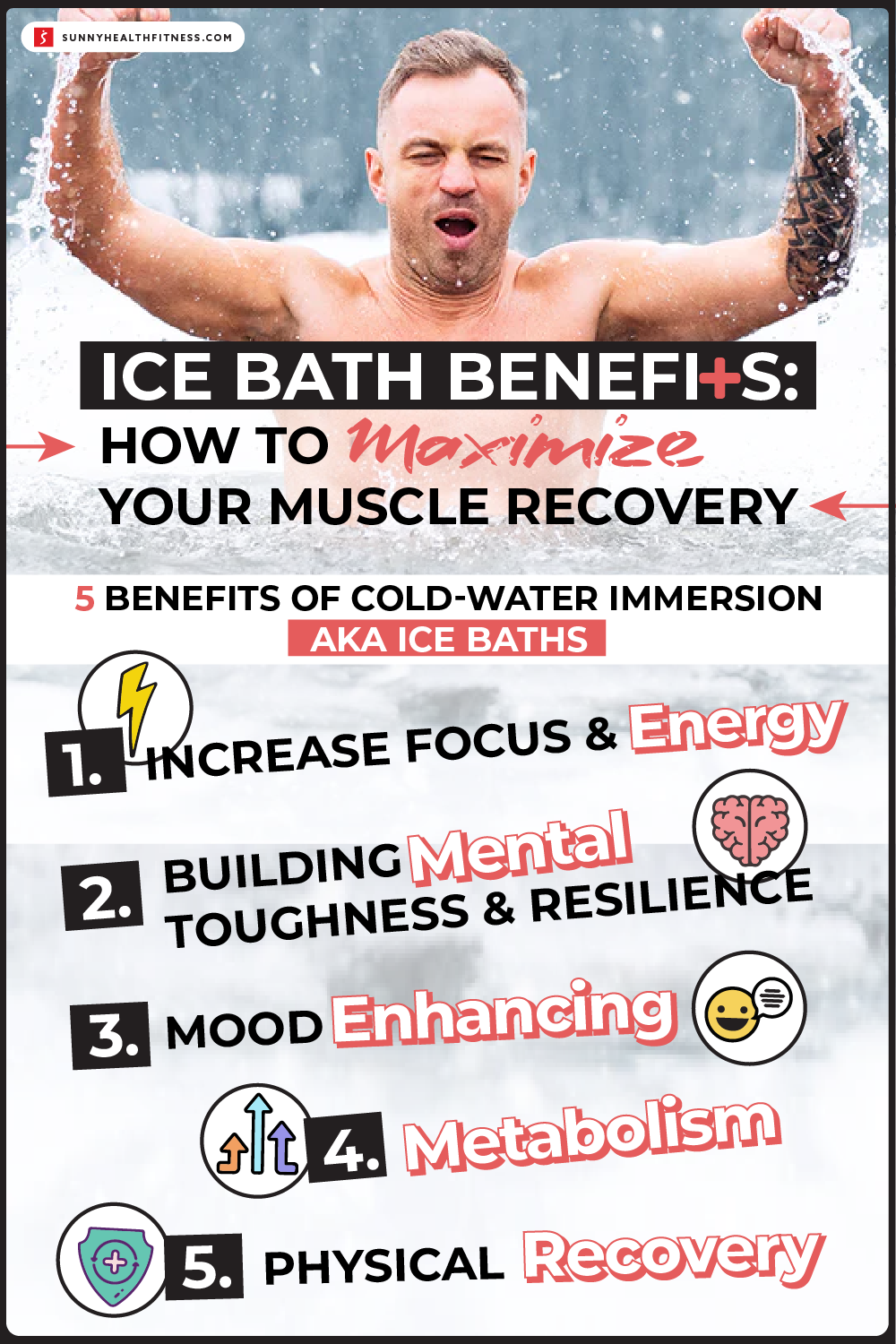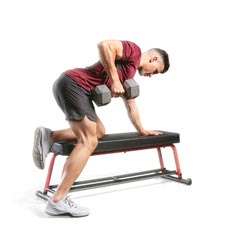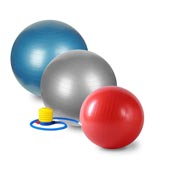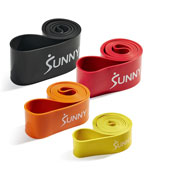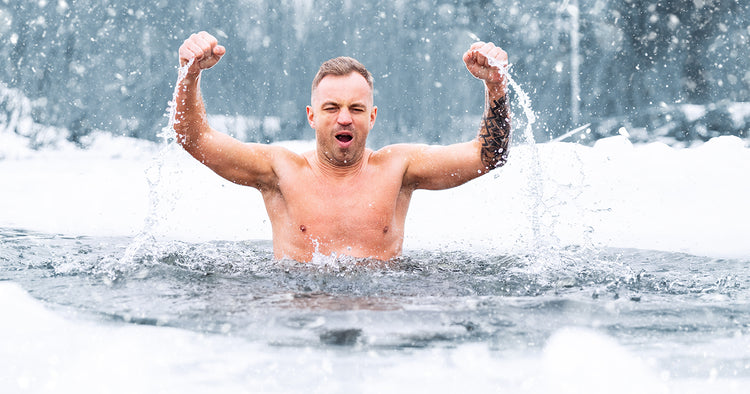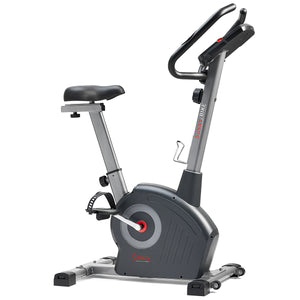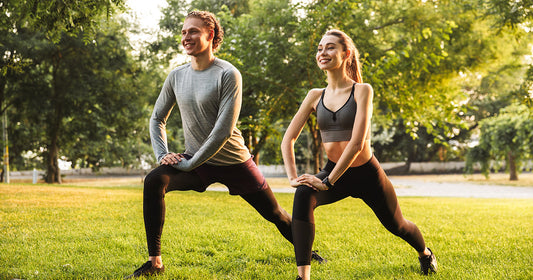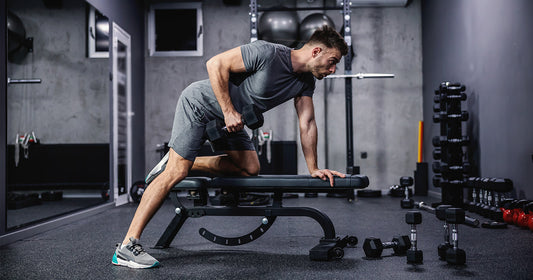Cold Water Immersion, aka Ice Baths, Beneficial? Fact or Myth…
What is a cold or ice water immersion, better known as an ice bath, and are they beneficial or just a recovery myth? A cold or ice water immersion, better known as an ice bath, is when a patient immerses their body or body parts into a tub, container, or whirlpool filled with cool water and cool water with crushed ice. Now let’s rewind to the second part of that question of if ice baths are beneficial or just a recovery myth. That has been a hot topic and has made many skeptical.
There has been considerable debate and conflict in research over the years, with some research saying that they are beneficial while others say that it’s not beneficial at all, just being a mind trick, better known as the placebo effect on the ones partaking in this bone-chilling recovery. To recommend optimal protocols to enhance athletic recovery, research must provide a greater understanding of the physiology underpinning performance change and the factors which may contribute to the varied currently observed. (1)
Cold Water Immersion, aka Ice Baths, Explained
As I mentioned above, a cold or ice water immersion better known as an ice bath, is essential immerses their body or body parts into a tub, container, or whirlpool, that is filled with cool water taking an ice bath, ensuring water temperature ranges between 45° F - 60° F. If you’re new to ice baths, it is important to remember to start slow (warmer than colder) as cold shock is possible. (3) Another rule of thumb when it comes to taking an ice bath is making sure that you ONLY submerge yourself from the neck down.
The colder the stimulus (water immersion, shower, etc.), the shorter the time you need to expose yourself to the cold. One study showed a significant and prolonged increase in dopamine when people were in cool (60°F) water for about an hour up to their neck, with their heads above water. Other studies describe significant increases in epinephrine from just 20 seconds in very cold water (~40°F). (3) As you deliberately expose yourself to the cold more often, you will become more comfortable. Once that happens, you can then adjust the temperature.
Cold Water Immersion, aka Ice Baths, Explained Cont.
If you’re new to ice baths, it’s essential to know what’s coming and what to expect when you do decide to indulge in this arctic plunge. There will be three stages of skin response that one will go through when entering the bone-chilling water. In the first stage, you will start experiencing a cold sensation between 0 to 3 minutes of submerging. The second stage will happen between 2 to 7 minutes, during which a mild burning & aching feeling will start creeping in. The third and final stage of relative cutaneous numbness will kick in around 5 to 12 minutes.
5 Benefits of Cold-Water Immersion, aka Ice Baths
1. Increase Focus & Energy
Deliberate cold exposure causes a significant release of epinephrine (aka adrenaline) and norepinephrine (aka noradrenaline, better known as “fight-or-flight”) in the brain & body. (3) During cold exposure, fidgeting and expressing their current state as they progress through the three stages of skin responses seems to be a common theme. When this happens, neurochemicals are released that make us agitated and alert. With these neurochemicals being released, the cold causes the norepinephrine & epinephrine levels to stay elevated for an extended time after exposure, increasing energy and focus.
2. Building Mental Toughness & Resilience
Trying to find out how mentally tough you are? Intentional cold exposure is a great way to test that and is excellent training for the mind. When forcing yourself to embrace the stress of cold exposure, you exert “top-down control” over deeper brain centers that regulate reflexive states. The “top-down control” process involves your prefrontal cortex, an area of your brain that requires brain planning and suppressing impulsivity and controls the basis of what people refer to as “resilience & mental toughness. This skill allows you to cope better and maintain a calm mind when facing real-world stressors.
3. Mood Enhancing
Most of us know the term “dopamine” as the chemical released in our brains that makes us happy. Dopamine is a potent molecule capable of elevating mood, enhancing focus, attention, goal-directed behavior, etc. Being exposed to low temperatures causes a prolonged release of dopamine in the brain. Even short cold exposure can cause a lasting increase in dopamine and sustained mood, energy, and focus elevation. (3)
4. Metabolism
Metabolism is the complex chemical process your body uses for normal functioning and sustaining life, including breaking down food and drink to energy and building or repairing your body. (4) During short-term exposure, the metabolism increases as the body burns calories to increase core body temperature. The conversion of white fat (energy storage) to beige or brown fat (highly metabolically active) allows people to adapt to the cold and feel more comfortable, triggering further and more sustained increases in metabolism. (3)
5. Physical Recovery
A meta-analysis found that cold exposure can be a highly effective recovery tool after high-intensity exercises or endurance training. (3) Ice baths or cold-water immersion that were done at a short interval (< 5 mins) and a low temperature demonstrated positive outcomes for muscle power and perceived recovery. It also showed that it helped decrease muscle soreness (in part due to a reduction in circulating creatine kinases). (3) There is one slight problem, though, cold water immersion or ice baths can limit some of the gains in hypertrophy, strength, or endurance if done in the 4-hour window or so after training. Suppose your goal isn’t to recover without adaptation (for example, being in competition mode and not trying to get better and stronger). (3) In that case, it is better to do it before training or wait for 6 to 8 hours plus until after training.
Ice Bath Testimonial
Over the years, there has been an immense amount of conflicting research on whether ice baths are both physically and mentally beneficial. The research I gathered for this article was some of the most recently published documentation. Sure, it’s great to have some of the most relevant studies that have taken place and been documented, but what’s better than having real-life testimonials from ex-collegiate athletes (including me) that have personally experienced the pros & cons of submerging themselves into the brisk low-temperature waters of an ice bath. I asked a couple of my friends that were both ex-collegiate athletes (Friend #1- Track & Friend #2- Cross Country) to get their opinion on if plunging into the bone-chilling water helped their recovery during their athletic career.
Friend #1: Testimonial (Collegiate Sport: Track)
“I won’t say ice baths are a miracle; as an athlete, you are sore all the time, which is not necessary for most real-world scenarios to see progress but is essential when looking to see adaptation at a rapid and high level within advanced training cycles.
I can vouch for a decrease in muscle soreness and an increase in perceived recovery. Would I have survived without them? Yes. Did it make the process easier? Absolutely.
I don’t think most people need an ice bath for recovery (and aren’t training at a high enough level to warrant it). However, ice bathing has many other mental and metabolic benefits with practical application and incredible gift.”
Friend #2: Testimonial (Collegiate Sport: Cross Country)
“Ice baths helped with my training. After a hard workout on the track, sitting in the ice bath for 15-20 min helped my legs recover and be ready for my run the next day. I always noticed I was much less sore when I took the time to ice bath. It also helped me mentally recover and be ready to go for my next workout.”
My Testimonial: (Collegiate Sport: Swimming)
“I didn’t partake in my first ice bath until my first year at Arizona State University. I would take them periodically throughout the season, typically the day after a complex lift in the weight room or being sore from the previous day’s practice and weights. It would help me not be so painful for the remainder of the day, especially for the next day’s training. I noticed the drastic difference at the PAC-10 Conference Championships that first year. Our Head Coach decided to bring a blow-up kiddie pool to the meet, which the trainers would keep filled with ice and cold water.
He required us to sit in it once we completed our warm-down after each race (both prelims & finals). He then had us get a massage from one of the team masseuses with us, and as you can imagine, you weren’t going to hear any complaints about that coming out of my mouth. This was when I experienced how beneficial it was to take an ice bath after each of our races. When finishing a race, my legs would feel like overcooked noodles, making them sore for the remainder of the day, but that quickly changed. Later that day would be the finals of the event or events that had been swum earlier that day at prelims. My legs wouldn’t feel like I had run a marathon anymore. They were so fresh that it felt like I hadn’t even raced that day.
Ice Bath Benefits Conclusion
After reading several published articles, both old and new, on the benefits of ice baths for recovery, my conclusion remains the same as before I began researching this article. If anything, my research, and the testimonial that I received from my friends and fellow ex-collegiate athletes helped me solidify and become even more confident that ice baths are a great way to maximize your recovery. If you don’t like being cold, I will stick to immersing yourself in a jacuzzi or warm bath. On the other hand, if you’re warm-blooded like me and are looking to maximize your recovery, I would recommend trying it out and seeing if it helps you as much as it did for me.
(1) Cold Water Immersion For Athletic Recovery: One Size Does Not Fit All, Journal, 2016. Accessed 7 November
(2) Principles of Athletic Training; A Competency-Based Approach, Book, 2014. Accessed 7 November, 2022
(3) The Science & Use of Cold Exposure for Health & Performance, Journal, 2022. Accessed 7 November, 2022
(4) What is my metabolism, and how does it work? Journal, 2020. Accessed 11 November, 2022
